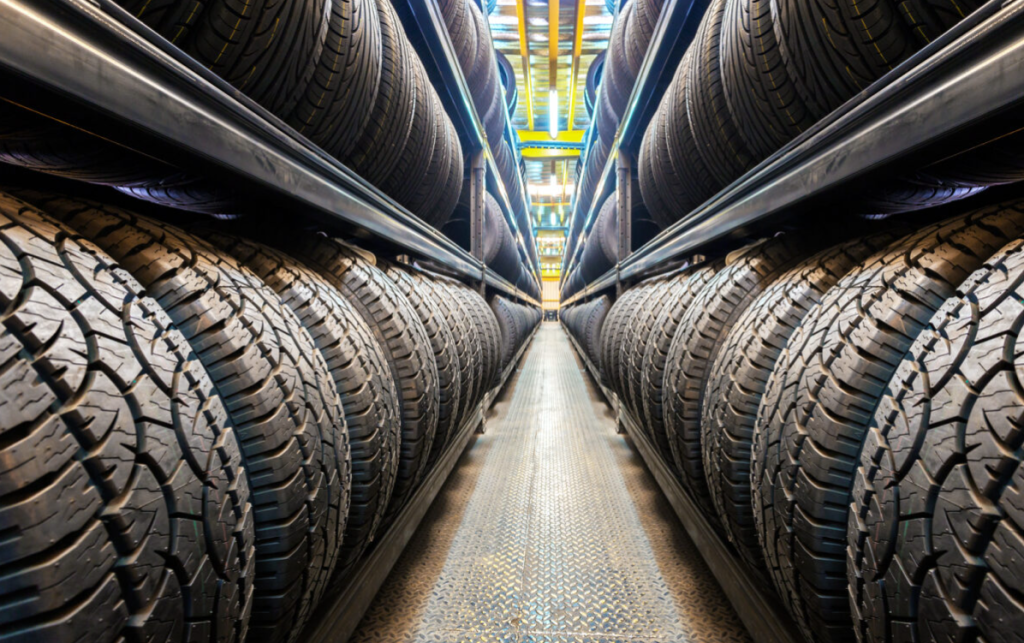When it comes to road safety, you may assume that your brakes are the number one safety feature. However, if your tires don’t have sufficient traction to stop the car instantly, you might have a collision even with perfect brakes. With this in mind, always watch out for the following signs of worn-out tires. You can visit your local GM dealership any time to have top-notch new tires installed and your vehicle’s control and stopping power fully restored.

Shallow Tread Depths
One of the most common reasons drivers replace their tires is because the old tires no longer have sufficient tread depths to reliably grip road surfaces. When the treads of a tire have worn down to 2/32 of an inch, it’s time for the tire to go. In colder and wetter climates, when road surfaces are more slippery, consider replacing your tires when the tread depths reach 4/32 or 5/32 of an inch.
Reduced Traction on Water
No matter how sturdy your tires appear to be, if you sense sudden momentary losses of traction, have the tires checked and replaced with better ones. Unreliable tires are most likely to lose traction on wet road surfaces first, which is called hydroplaning.
Strange Vibrations
If you notice odd vibrations while driving, you might have a tire-related problem. One or more tires might have become damaged internally. Alternatively, with vibrations, the tires might be uneven or misaligned in some other way. A technician can determine whether the tires need to be rotated, replaced, or restored to normal function in some other way.
Falling Air Pressure
While checking your tires each month, take note if the air pressure is steadily falling in any individual tire. Dropping air pressure could indicate a hidden puncture, which will need to be fixed if possible. Your vehicle’s automatic tire pressure monitoring system might also alert you of falling air pressure.
Obvious External Damage
Any clear external damage to a tire will often mean the tire has to go. Such damage might include deep cuts or embedded objects, or bulges and blisters in the rubber. Too many cracks in the sidewalls can also put a tire at risk of blowouts on the road.
Excessively Old Tires
It’s wise to follow your tire manufacturer’s guidance on how long to use their tires. In many cases, it’s inadvisable to use car tires for more than six years. Certainly, don’t use tires for more than ten years, even if you very rarely drive.
Have your tires rotated, repaired, or replaced today at Coughlin GM of Newark. We’re an award-winning local dealership providing a terrific range of new and pre-owned vehicles along with courteous, attentive customer service.






